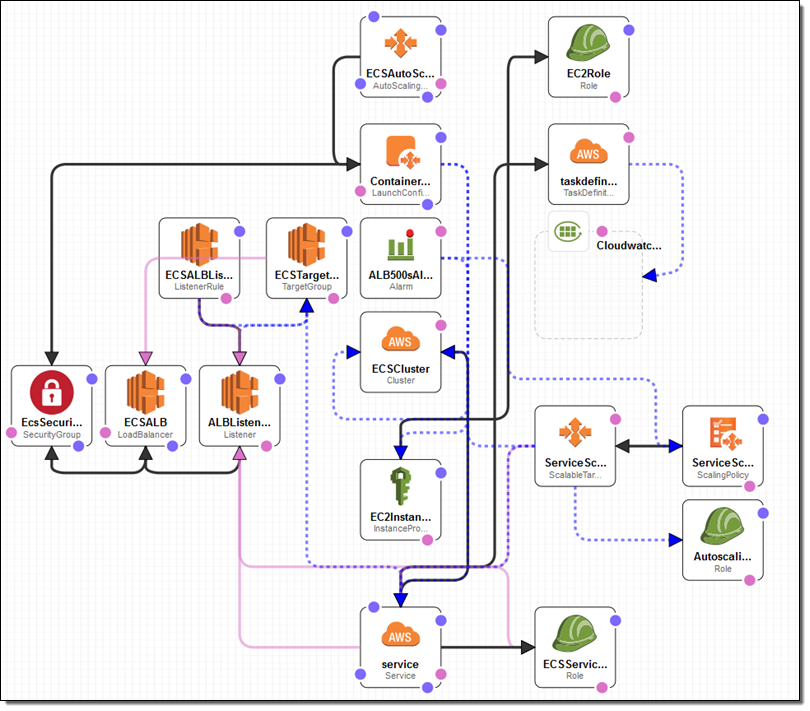AWS News Blog
Amazon ECS – Support for Windows Containers (Beta)
I sincerely hope that you are familiar with container-based computing and that you have at least a basic understanding of the value of containerization. As I noted back in 2014, packaging your cloud-based application as a collection of containers, each specified declaratively, gives you a laundry list of benefits including consistency between your development and production environments, a distributed application platform as an architectural base, development efficiency, and operational efficiency.
We launched Amazon EC2 Container Service in late 2014 with support for Linux containers. So far this year we have added support for Application Load Balancing, IAM Roles for ECS tasks, Service Auto Scaling, the Amazon Linux Container Image, and the Blox Open Source Scheduler.
Support for Windows Containers
Today we are continuing our string of ECS launches by adding beta-level support for Windows containers. You can now start to containerize and test your Windows applications while we finalize this feature ahead of production use.
To get started, you simply specify the Windows Server 2016 Base with Containers AMI when you create your cluster (you cannot mix Linux and Windows in the same cluster).
You can also use the Windows Containers AWS CloudFormation Template as a starting point. The template runs in a VPC and creates a Windows-powered cluster with a configurable number of container instances. It also creates IAM Roles, an Application Load Balancer, security groups, an Amazon ECS task definition, an Amazon ECS service, and an Auto Scaling policy. You can use the template as-is or you can modify it for your own use. I opened up the template in the CloudFormation Designer in order to see how all of the parts fit together. I rearranged the items in order to make the structure a bit more apparent; here’s what it looks like:

You can read Windows Containers (Beta) to learn more about support for Windows Containers.
Things to Know
The Windows Server Docker images are fairly large (approximately 9 GiB). Your Windows container instances will require more storage space than your Linux container instance, so plan accordingly. Due to the size of the images, downloading and extracting the contents on initial use can take up 15 minutes. If you use IAM Roles for tasks (read Windows IAM Roles for Tasks to learn more), this time can double. For a full list of other issues and caveats, read Windows Container Caveats.
— Jeff;